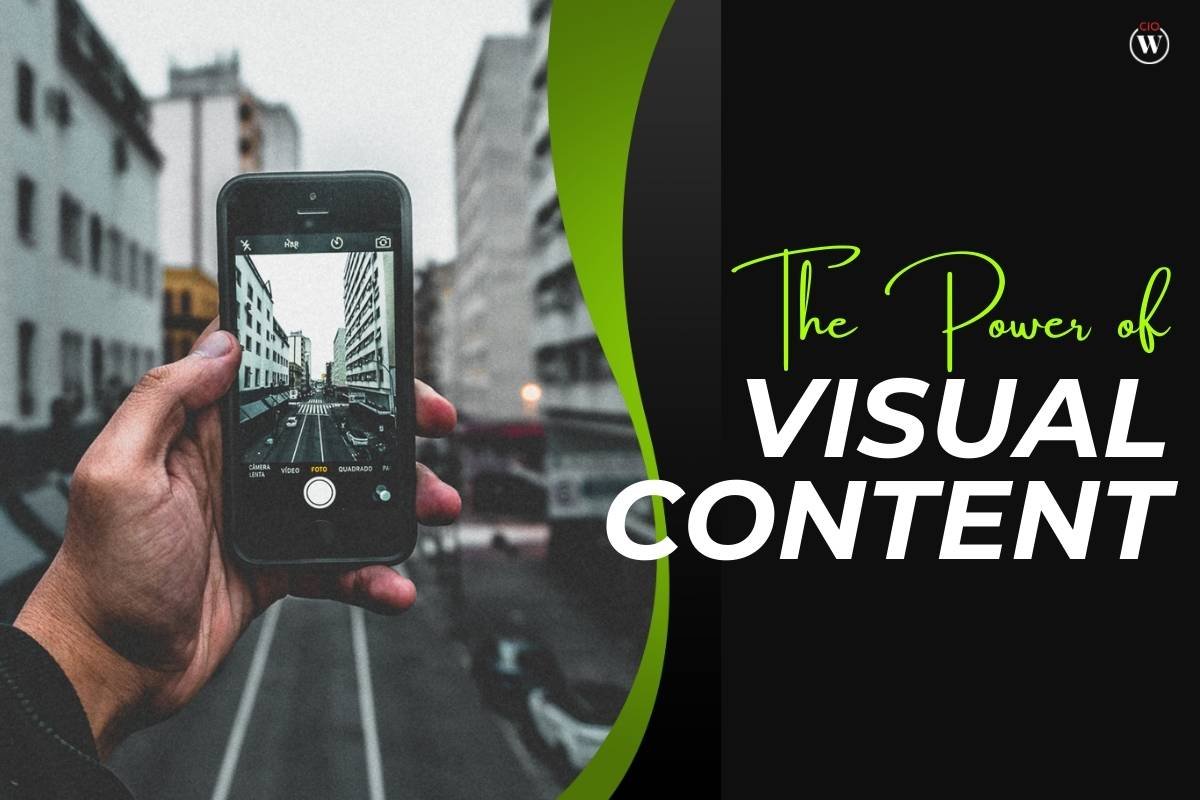In the ever-evolving landscape of content creation, one thing remains constant: the power of visual content. Visuals, including images and videos, have become indispensable tools for bloggers looking to captivate their audience, convey their message effectively, and boost engagement. In this article, we’ll explore the significance of visual content in blog posts and provide insights into how to harness its potential to create compelling and memorable content.
The Visual Content Revolution
The rise of visual content has been nothing short of revolutionary in the world of online communication. In an age of information overload, attention spans are dwindling, and readers are becoming increasingly selective about the content they consume. This is where visuals step in, offering a dynamic and engaging way to capture attention and convey information.
Visual content is versatile, making it accessible to bloggers in all niches. Whether you run a food blog, travel blog, or tech review site, visuals can be tailored to fit your specific needs and objectives. Let’s delve into the reasons why it’s essential for bloggers to embrace visual content in their posts.
1. Enhancing Engagement
Visual content is a powerful engagement tool. Readers are naturally drawn to visuals, and blog posts with compelling images and videos tend to keep visitors on the page for longer. This increased dwell time can improve your website’s search engine ranking, making your blog more discoverable.

Visual content also encourages social sharing. When readers encounter captivating images or informative videos, they are more likely to share your content on social media platforms, expanding your reach and driving traffic to your blog.
2. Conveying Complex Information
Some topics are inherently complex, and using words alone may not effectively convey the message. Visual content can simplify intricate concepts. Flowcharts, infographics, and diagrams, for example, can make even the most challenging subjects more accessible to a broader audience.
Consider a blog post about the workings of a complex machinery or a scientific theory. A well-crafted diagram or an animated video can elucidate the topic in a way that text alone cannot.
3. Evoking Emotion
Visual content has the unique ability to evoke a wide range of emotions, making it a vital aspect of successful storytelling. Images and videos can create a profound emotional impact that resonates with readers. Whether it’s a heartwarming image of a rescued puppy, a breathtaking sunset in a travel vlog, or a powerful video documentary, visuals can connect with readers on a deep emotional level.
Visual content can evoke emotions such as:
- Joy: Beautiful images or videos of happy moments, celebrations, or delightful experiences can bring joy to your audience.
- Empathy: Photographs and videos that showcase the struggles, challenges, or triumphs of individuals or communities can evoke empathy and compassion in your readers.
- Inspiration: Visual content that conveys stories of personal growth, achievements, or overcoming obstacles can inspire your audience to pursue their own aspirations.
- Nostalgia: Old photos, vintage videos, or images that transport readers back in time can evoke a sense of nostalgia, creating a powerful connection.
- Surprise: Visual content that includes unexpected or awe-inspiring moments can leave your readers surprised and engaged.
4. Increasing Credibility
High-quality visual content enhances your blog’s credibility. Well-researched infographics, informative charts, and professional videos showcase your expertise and dedication to delivering valuable content. This, in turn, builds trust with your audience and positions you as an authority in your niche.
How to Effectively Incorporate Visual Content into Your Blog Posts
Now that we’ve explored the importance of visual content, let’s discuss how to effectively integrate it into your blog posts. Here are some tips to get you started:

1. High-Quality Images and Videos
The quality of your visual content matters. Invest in a good camera, or editing software, or hire a professional if necessary. Blurry images or poorly edited videos can detract from your content’s overall quality.
2. Relevance and Alignment
Ensure that your visual content is directly relevant to the blog post’s subject matter. Visuals should support and enhance the written content, not distract or confuse your readers. They should align with the central message of your post.
3. Optimize for Page Speed
High-resolution images and videos can slow down your website’s loading speed. Optimize your visual content for web use to ensure that your blog loads quickly, providing a better user experience. There are various tools and plugins available to help with this.

Is your website slow to load? Discover the importance of website speed optimization and practical steps to enhance your site’s performance.
Many business owners or startup founders overlook website speed optimization, as they are preoccupied with a whole lot of things. In this article, we are here to explain the website optimization importance and how to do it.
4. Use Alt Text and Descriptions
Adding alt text to images and descriptions to videos is not only essential for accessibility but also for SEO. Search engines rely on these descriptions to understand the content of your visual elements, so be sure to include relevant keywords.
5. Keep It Varied
Don’t limit yourself to a single type of visual content. Experiment with images, infographics, charts, and videos to diversify your blog posts. Different types of content cater to different learning and engagement styles.
6. Test and Analyze

Regularly analyze the performance of your visual content. Use analytics tools to measure engagement, social shares, and the impact of visuals on your blog’s performance. This data can help you fine-tune your visual content strategy over time.
Conclusion
In the digital age, the power of visual content cannot be overstated. As a blogger, incorporating images and videos into your blog posts is a strategic move that can boost engagement, clarify complex concepts, evoke emotions, and enhance your credibility.
Remember, the key to successful visuals is to make them high-quality, relevant, and aligned with your blog’s overall message. Embrace this powerful medium, and your blog will not only capture your readers’ attention but also leave a lasting impression in their minds. In a world saturated with information, the right visual content can make all the difference.
Also read: Small Business Blogging Tips: How to be Interesting









